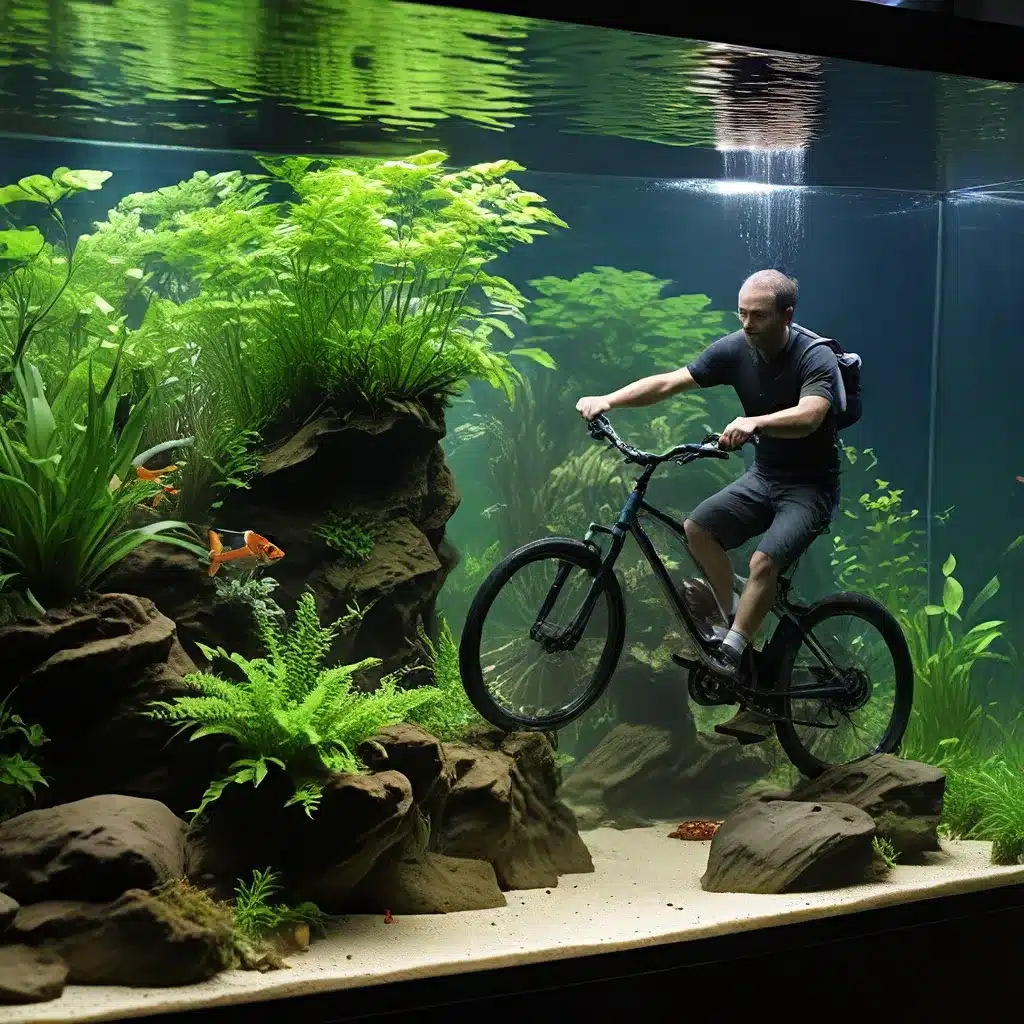
Understanding the Nitrogen Cycle
The key to a thriving aquarium ecosystem lies in understanding and properly managing the nitrogen cycle. This natural process is essential for maintaining water quality and creating a safe, hospitable environment for your aquatic inhabitants.
Proper aquarium cycling involves the establishment of beneficial bacterial colonies that convert harmful nitrogenous waste products into less toxic compounds. This cycle begins with the breakdown of ammonia, a highly poisonous substance produced by fish waste and decomposing organic matter. Nitrosomonas bacteria then convert the ammonia into nitrite, another dangerous compound.
Fortunately, a second set of bacteria known as Nitrobacter then step in to convert the nitrite into the much less toxic nitrate. This final stage of the nitrogen cycle is crucial, as nitrates can be easily removed through regular water changes. By properly establishing and maintaining this delicate balance, you can ensure the long-term health and stability of your aquarium.
Preparing Your Tank for Cycling
Before you can begin the cycling process, it’s important to have your aquarium fully set up and ready to go. This includes installing all essential equipment like the filter, heater, lighting, and substrate. Be sure to use dechlorinated water to fill the tank, as chemicals like chlorine and chloramine can inhibit the growth of beneficial bacteria.
Once your tank is filled, let it run for about a week without any livestock. This initial period allows the equipment to stabilize and helps create an environment conducive to bacterial colonization. During this time, you may also want to consider adding a bacterial supplement to kickstart the cycling process.
Introducing the First Residents
To begin the nitrogen cycle, you’ll need to introduce a source of ammonia to your tank. The most common and natural way to do this is by adding a few hardy fish species. Tetras, danios, and barbs are all excellent choices, as they can typically withstand the fluctuating water conditions during the initial cycling stage.
Be sure to start with just a few fish, as overcrowding can lead to an excessive buildup of ammonia and nitrite, which can be detrimental to your livestock. It’s also crucial to avoid overfeeding, as uneaten food will also contribute to the ammonia load in your tank.
Monitoring the Cycling Process
As the nitrogen cycle takes hold, you’ll need to closely monitor the levels of ammonia, nitrite, and nitrate in your aquarium. This can be done using a reliable water test kit, which will allow you to track the progress of the cycle and make any necessary adjustments.
During the early stages, you may see a spike in ammonia and nitrite levels as the beneficial bacteria are still establishing themselves. To help mitigate these spikes, perform regular water changes of 10-25% every few days, using dechlorinated water. This will dilute the concentration of harmful compounds and provide a more stable environment for your fish.
Once you start to see a decline in ammonia and nitrite levels, accompanied by a rise in nitrates, you’ll know that the cycling process is nearing completion. This is an important milestone, as it indicates that the Nitrosomonas and Nitrobacter bacteria have successfully colonized your aquarium.
Completing the Cycle
The final step in the cycling process is to ensure that the ammonia and nitrite levels have dropped to near-zero concentrations, while nitrate levels remain below 20 ppm. This typically takes around 4-8 weeks, depending on the size of your aquarium and the number of fish you’ve introduced.
To confirm that your tank is fully cycled, perform a final ammonia spike by adding a dose of pure ammonia. If the system is able to convert this ammonia to nitrite and then to nitrate within 24 hours, you can consider your aquarium successfully cycled and ready for your permanent fish inhabitants.
Maintaining a Balanced Ecosystem
Once your aquarium is cycled, the hard work is not over. Ongoing maintenance and water quality monitoring are essential to keep your tank in optimal condition. Regularly schedule water changes based on your aquarium’s bioload, and be vigilant in testing for ammonia, nitrite, and nitrate levels.
Incorporating live plants or a protein skimmer can also help to further stabilize the nitrogen cycle and maintain water quality. By staying proactive and making adjustments as needed, you can ensure the long-term health and thriving of your aquatic ecosystem.
Cycling a new aquarium may seem like a daunting task, but with patience and attention to detail, you can create a vibrant, balanced environment that will provide years of enjoyment. Remember, the health and well-being of your fish should always be the top priority, and proper cycling is the foundation for a successful and sustainable aquarium hobby.

